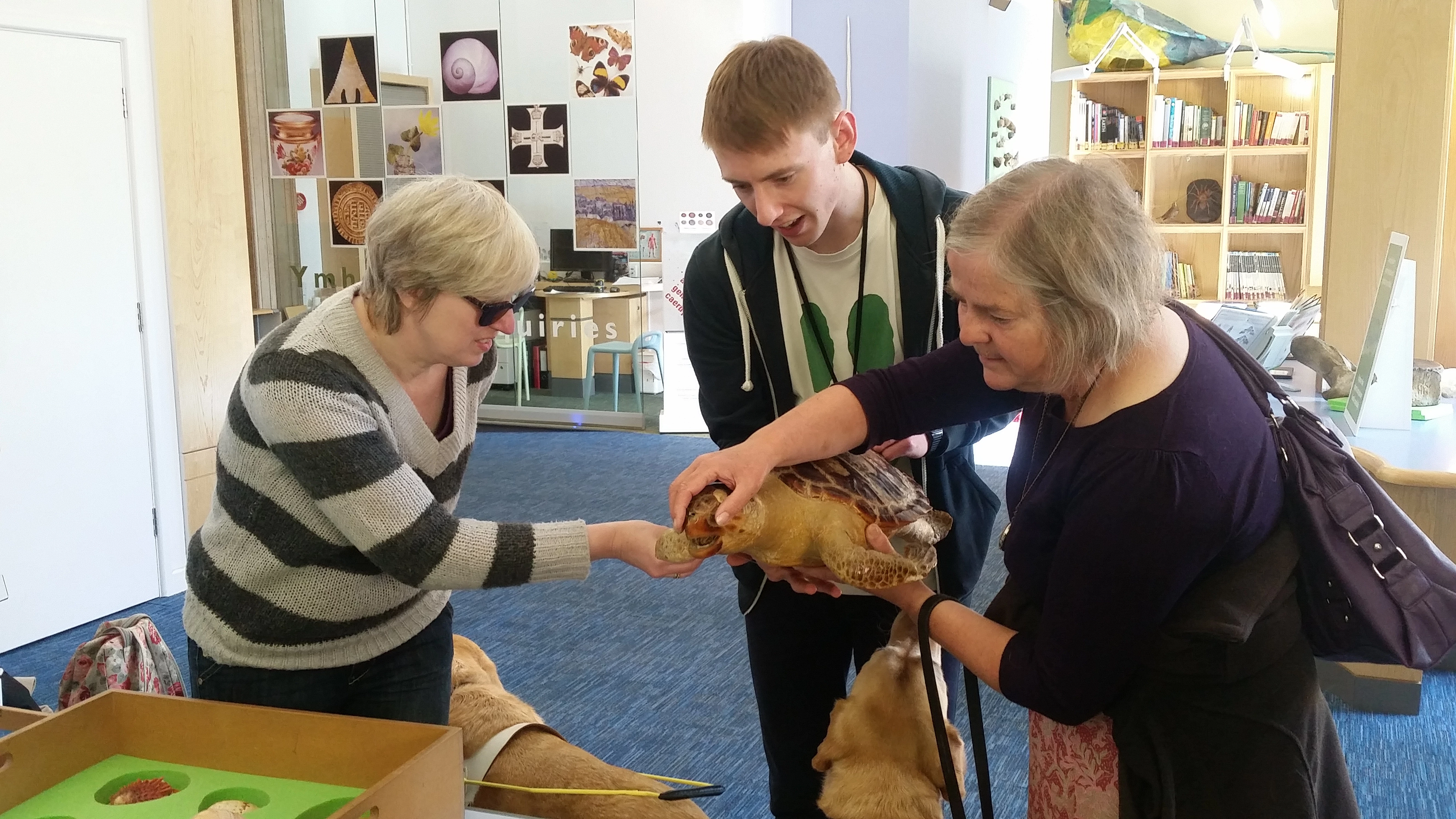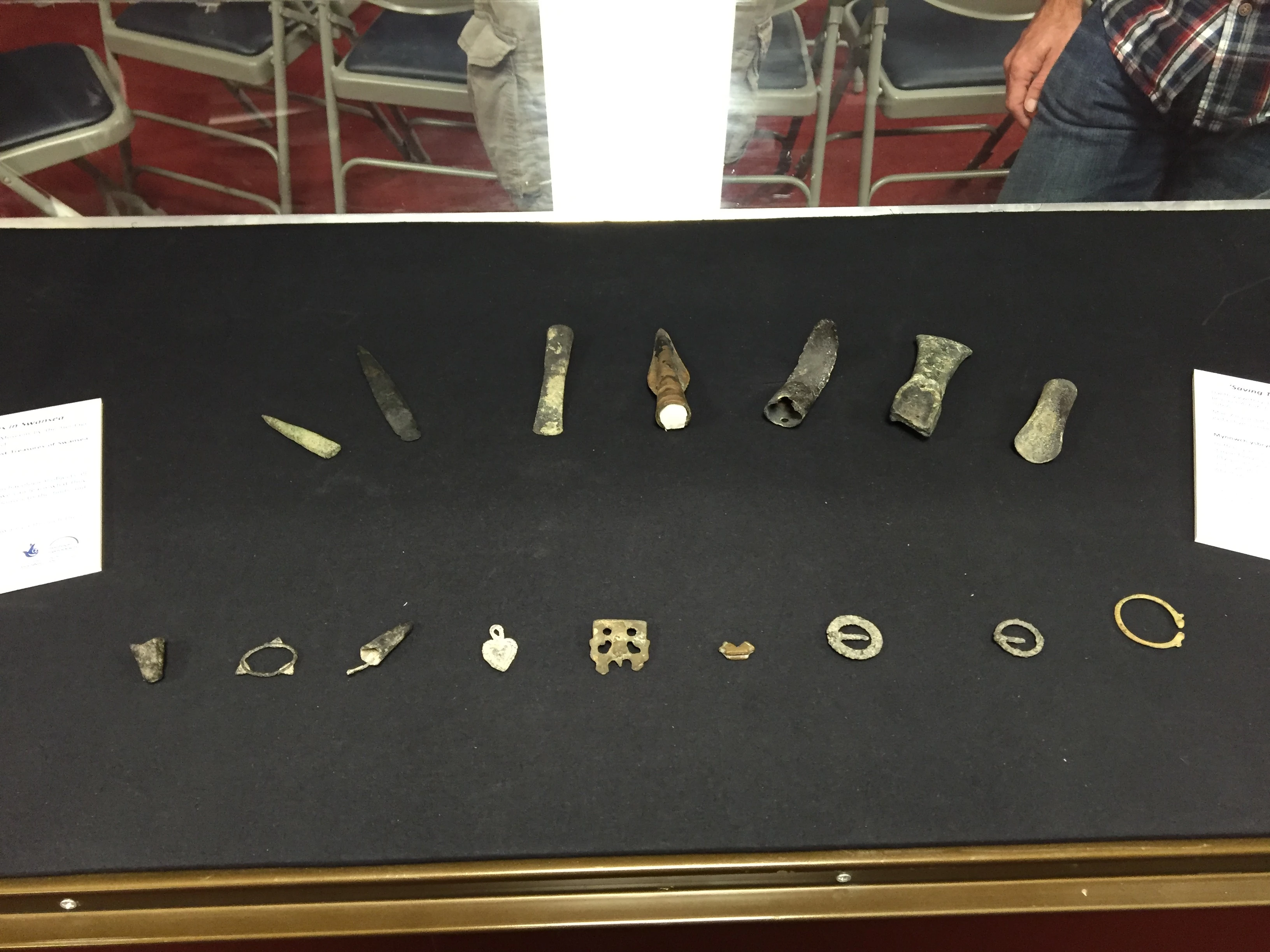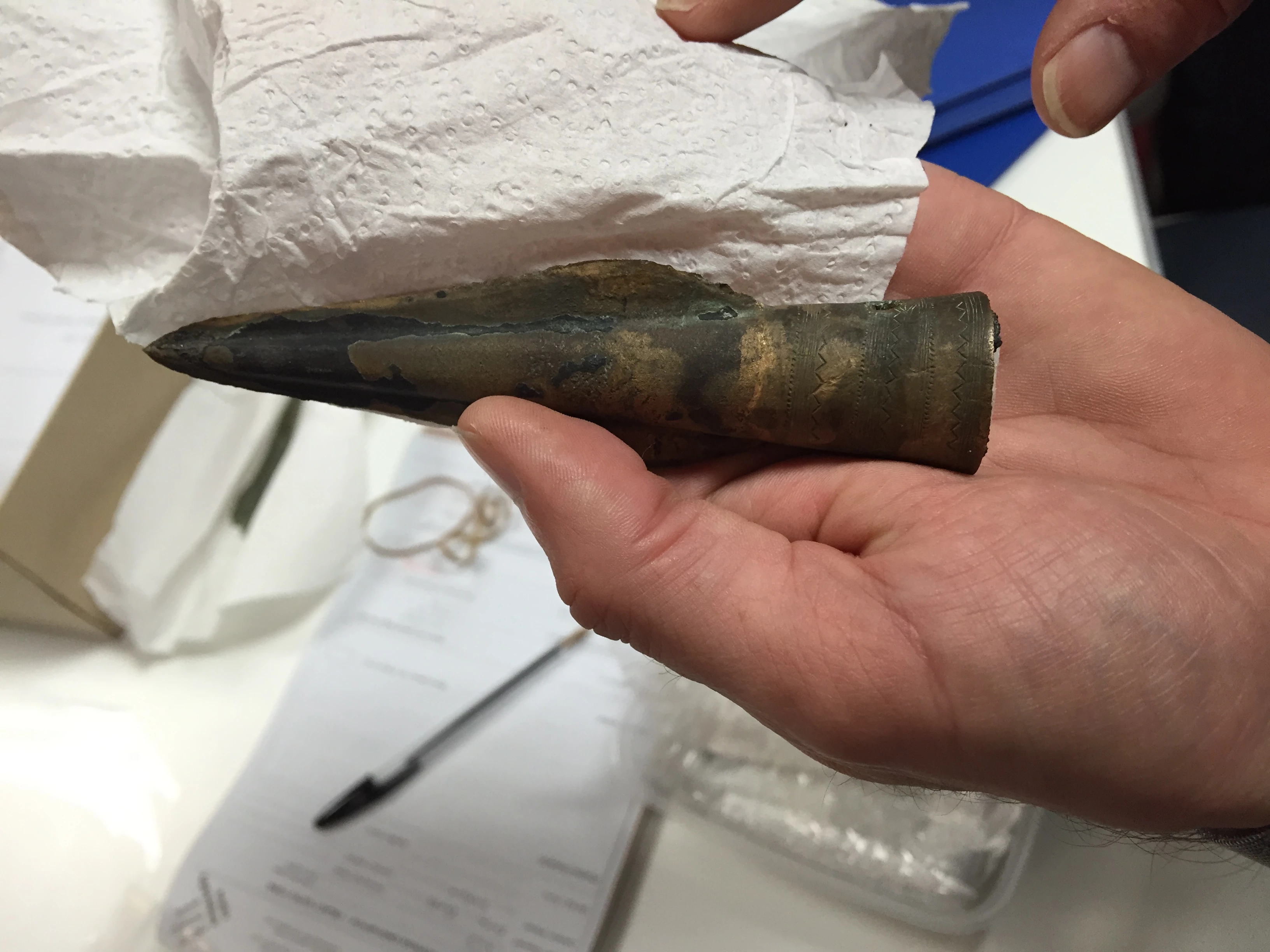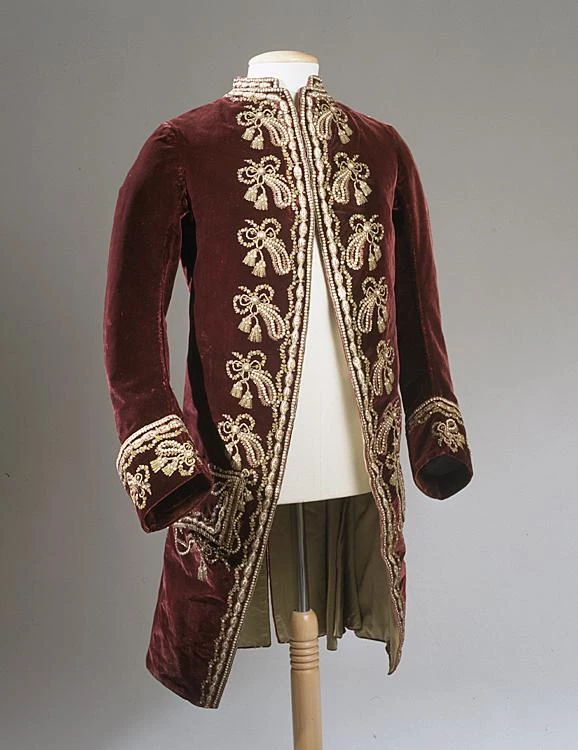Art and Visual Impairment - Looking at museums in a different way
, 18 Hydref 2016
This week’s Youth Forum again made me think about museums and what they can do, and how they should be, in a different way.
While looking at art from the First World War had at times been a sensory overload, this time we were trying to understand what it would be like to come to a museum without one specific sense fully intact. How to make museum exhibits more accessible for the partially sighted?
Having always gone to museums with my sight in (near enough) tip top condition, I and probably others tended to presume it was a pretty necessary requirement. If I had trouble seeing the paintings/sculptures/artefacts, then I don’t think I’d want to go. Because if seeing is believing, and I couldn’t see what I was supposed to be learning about, then surely I wouldn’t learn very much and would end up feeling quite left out, even though this obviously shouldn’t be the case.
And it doesn’t have to be! The paintings and sculptures that we looked up were a bit of a mix, ones that more well-known and some that were completely new. Among the ideas that we came up with, for example, involved the painting Bad News, by James Tissot, incorporating the playing of military marching music alongside the painting to evoke the solemnity and sorrow of leaving your family to go off and fight in another corner of the world.
Similarly, for Entrance to Cardiff Docks by Lionel Walden, lighting effects could imitate the lights of the port and the surrounding buildings, with sound effects of ships coming into port, water slapping against the quay, sailors shouting to each other. We could have smells to add to the experience (although maybe not the fish!). Instead of rough sailors accompanying Manet’s San Maggiore by Twilight, it would be the gentle, joyful peel of Italian church bells.
In front of a painting of Sir Watkin Williams-Wynn, Thomas Apperly and Edward Hamilton by Pompeo Batoni there could be a table with the objects and chairs laid out exactly as they are in the picture, as if the subjects had just finished the sitting and left only a few moments ago. David Nash’s intriguing sculpture Multi-Cut Column could have smaller imitations made of it, that people could actually pass around and touch, something rarely allowed in any exhibit.
I realise there would be some technical issues in making sure it wasn’t distracting or taking away from the other exhibits, and that maybe not all these ideas will actually become a finished product, but I hope that at least some of them do work out. Because who wouldn’t want to experience this? It might be a bit like theatre, the art being brought to life, stepping into the painting. While I’m definitely thankful I’m not visually impaired in any way, I’m also thankful I took the time to try and understand the experience of those who are.
- Our next Audio Description Tour will take place on 8 December and will be of our Natural History collections.









